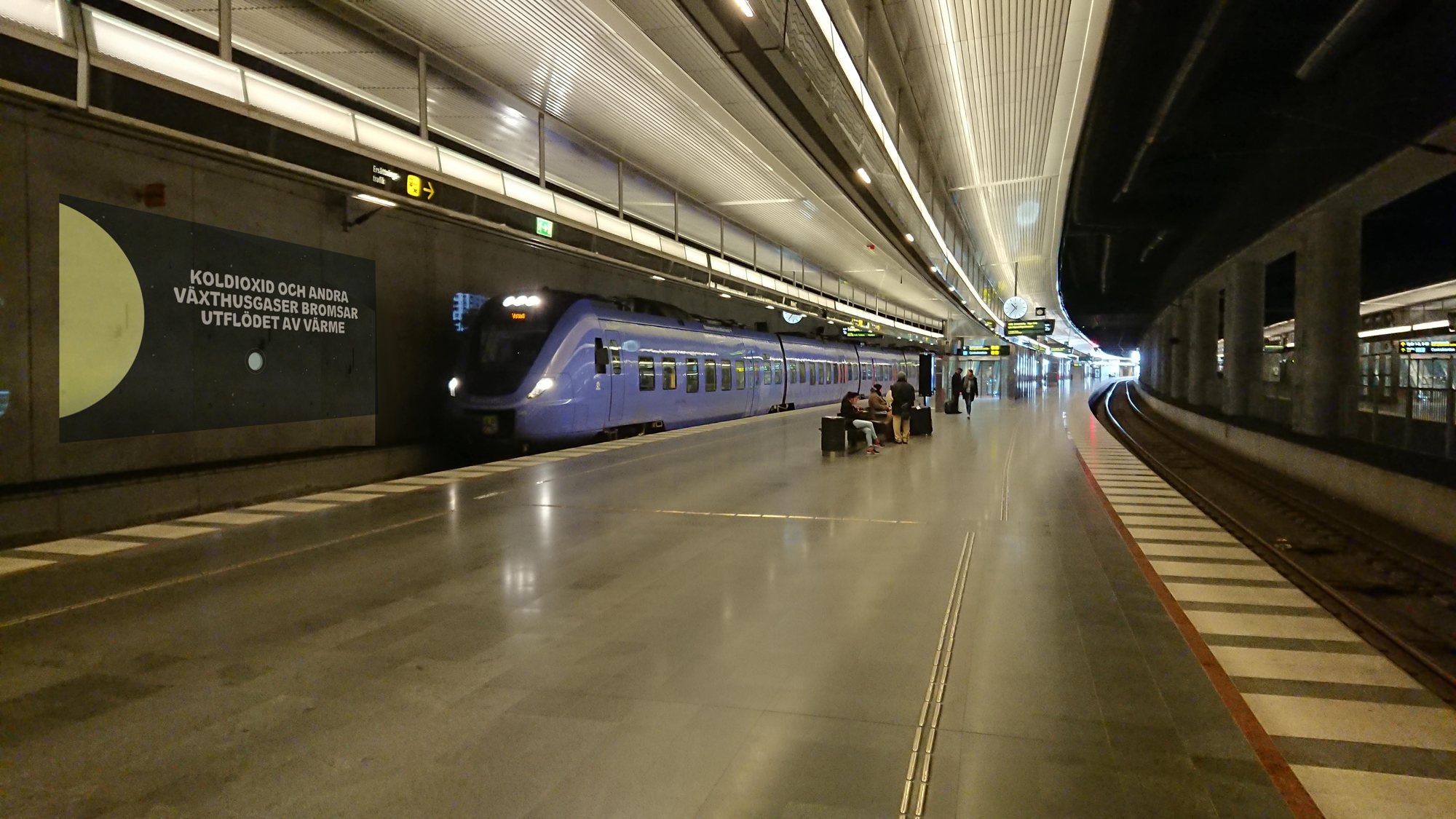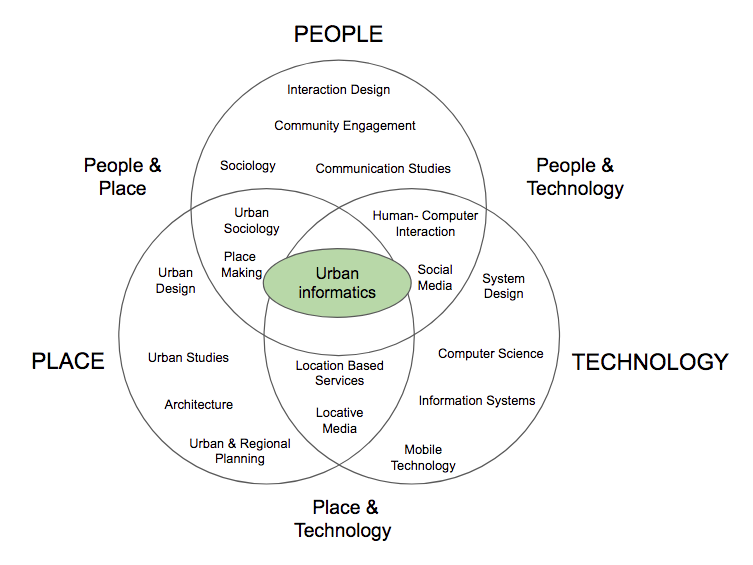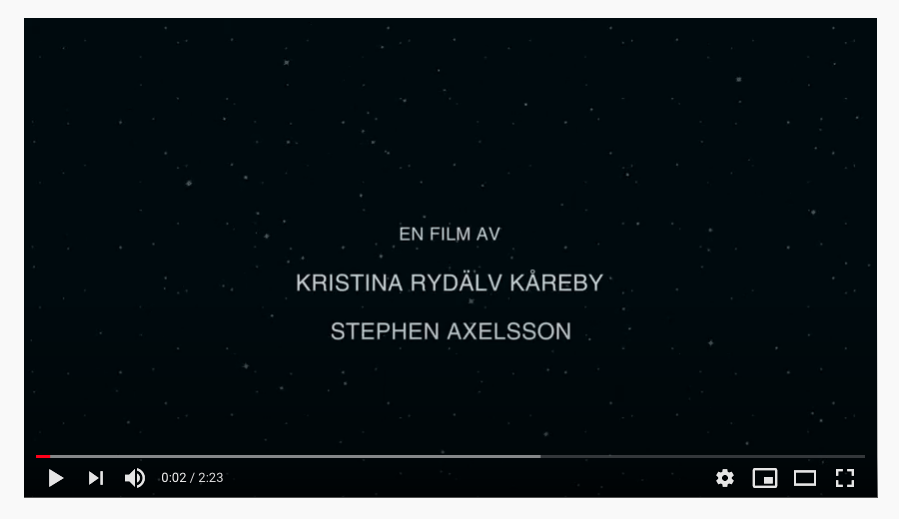Purpose: Explore how to design information in public places to help people understand how their individual choices can help creating a sustainable society.
Target group: The general public.
Result: A Master Thesis including a design proposal and a video within a project carried out at Malmö Central Station.
University: Linneaus University.
The greenhouse effect is the biggest environmental challenge of today, and in line with UN’s Sustainable Development Goals, we must drastically decrease our global production of carbon dioxide. A sustainable society needs knowledgeable citizens who can vote for competent decision makers, and as knowledge is power, the environmental issue becomes a question of democracy. This pinpoints the importance of the general public getting dependable and accurate environmental information from trustworthy sources.
So, how and where to design information about sustainability in a meaningful way for the individual, connected to his or her everyday context? The literature review was concentrated to the areas of Social visualization, Placemaking and Interaction design. The empirics were directed at the general public near Malmö Central Station and concentrated around the area of travel and transport. It included a triangulation of contextual methods; observations, questionnaires and interviews. Data and key figures from the regional public transportation company were also used.
The result of the empirics shows that people experience environmental information as diverse and complicated, especially numbers and statistics. They want concrete tips of what they can do in their everyday life, and they want to understand the effect of their sustainable choices. The majority of the respondents are positive to using public places as information carriers for environmental issues, preferably in places where they stay for a while, for example waiting halls or staircases. They want easy-to-grasp, concise information from trustworthy sources. With these insights, the theoretical and empirical findings were used as the basis for the storyboard in an iterative design process that resulted in a graphical animation. The concept can easily be transferred to other areas of sustainability.




